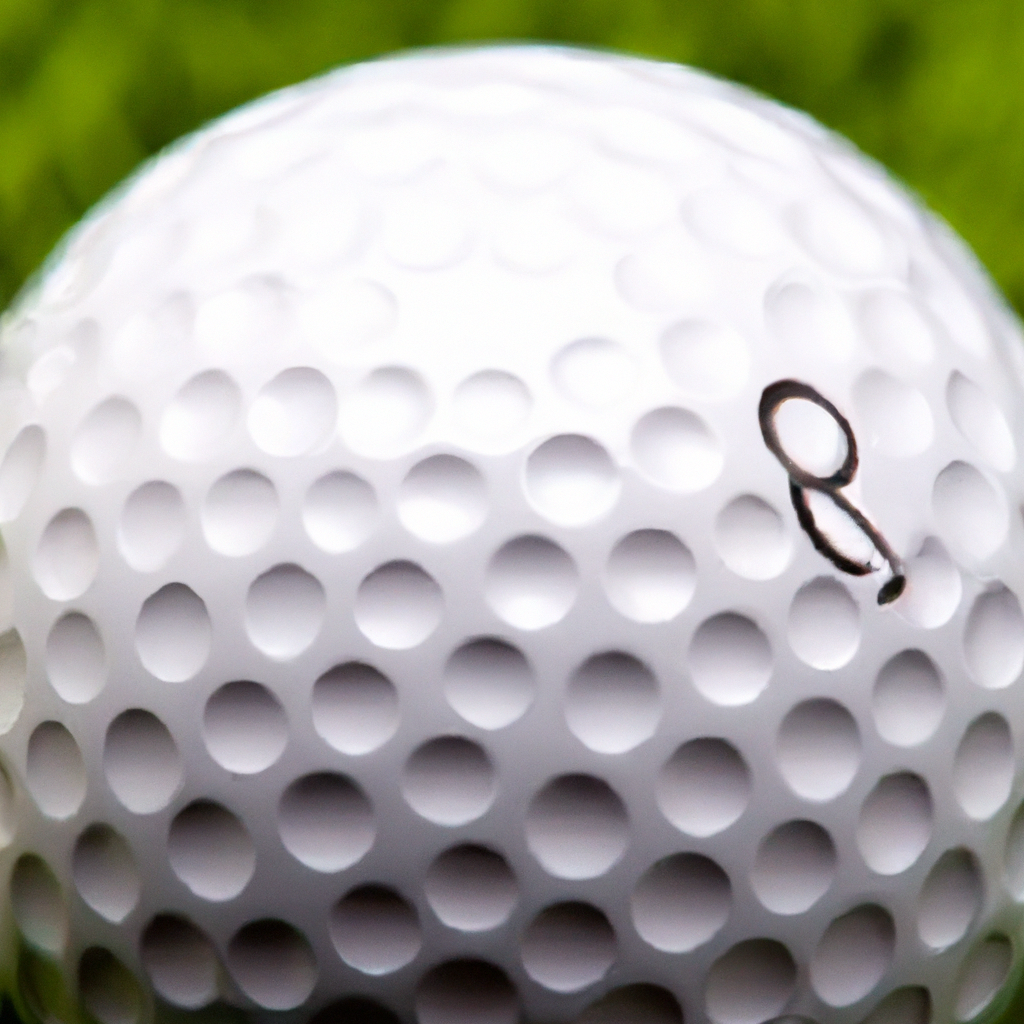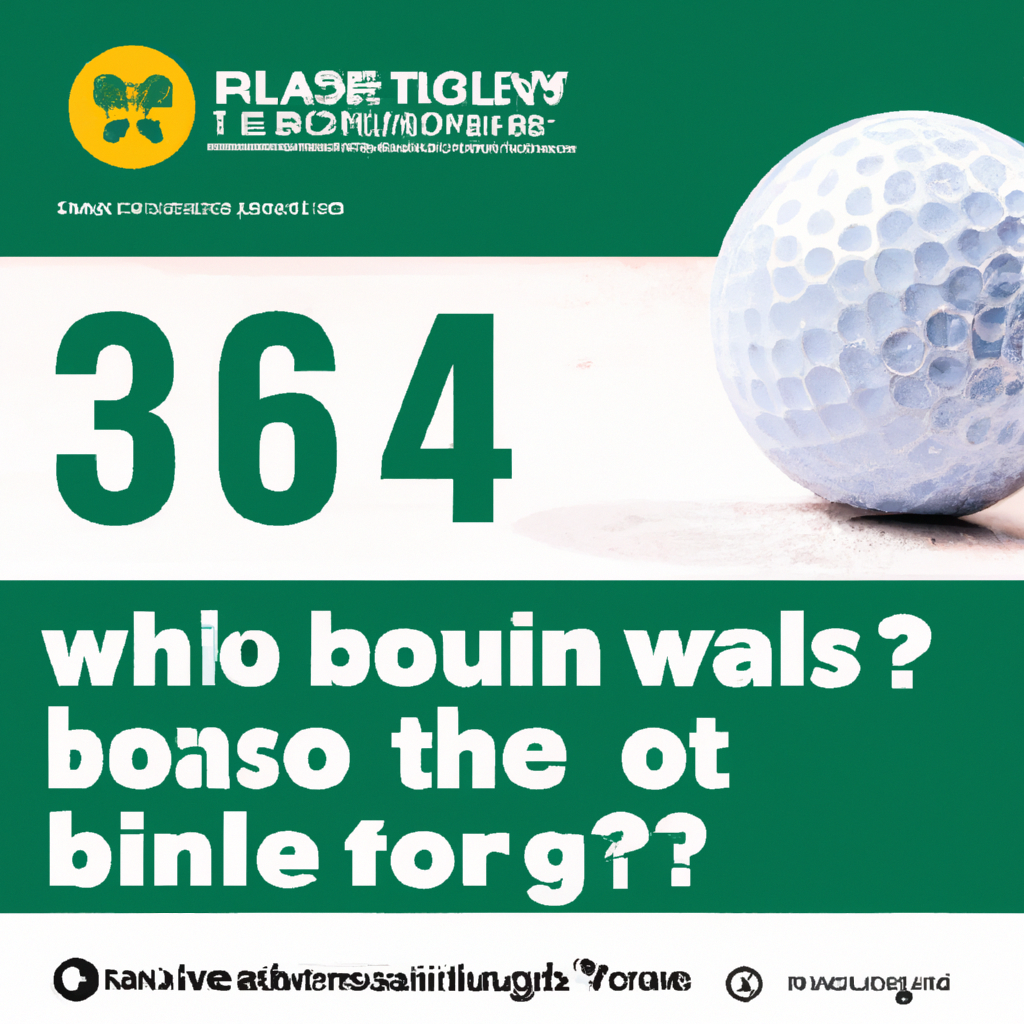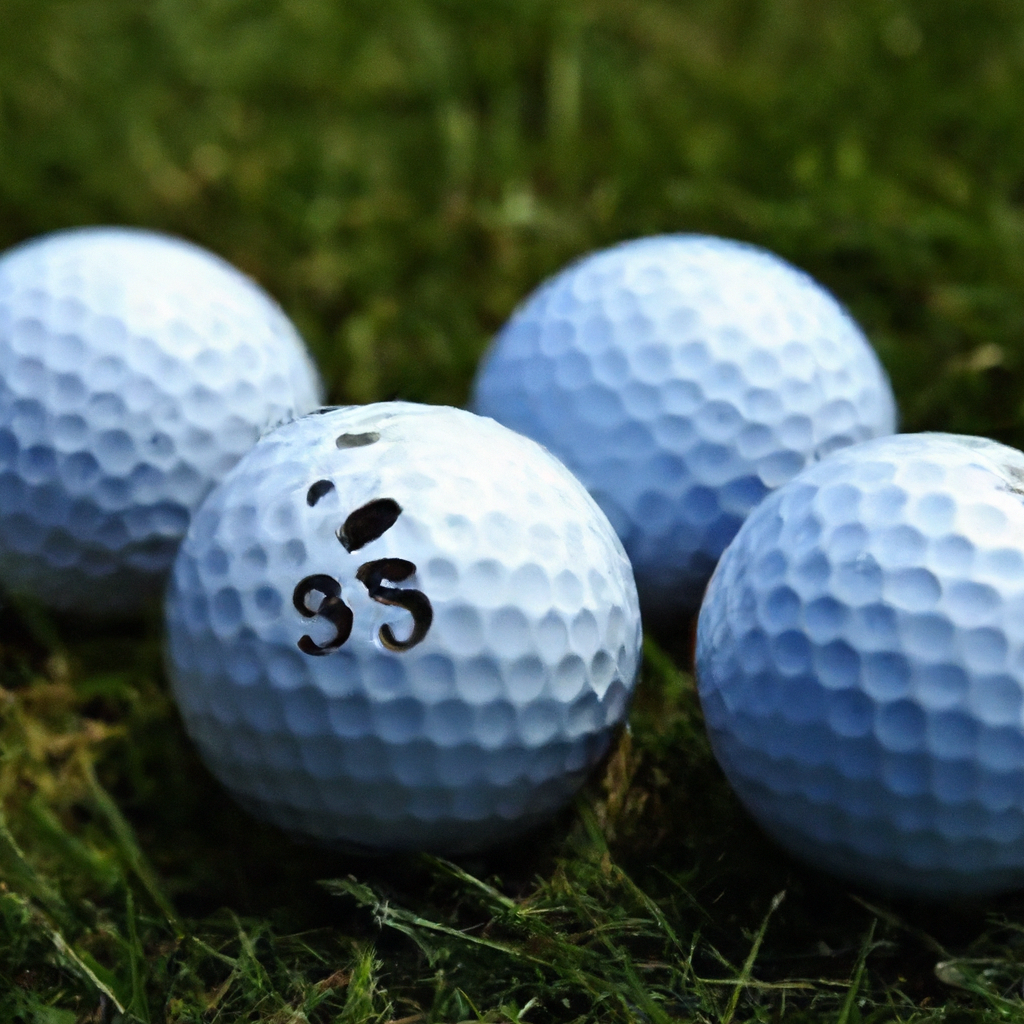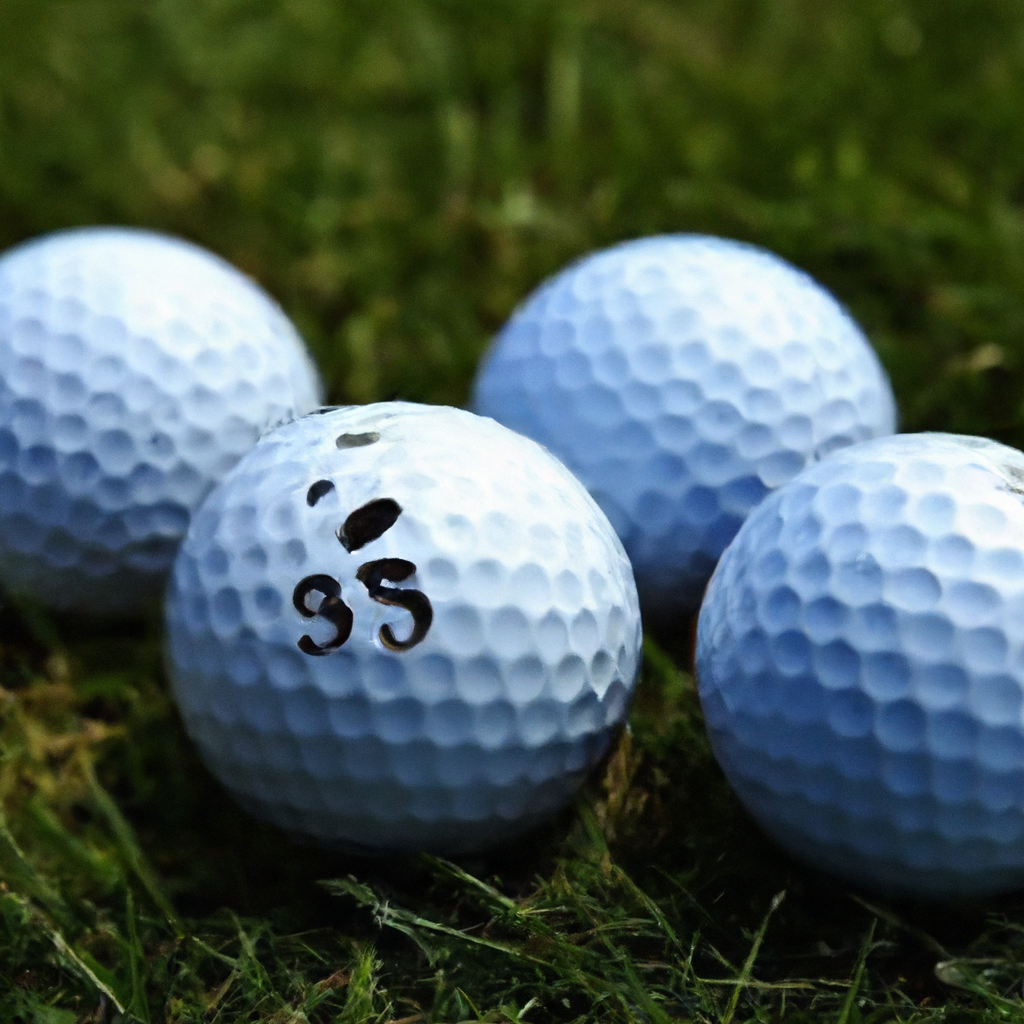In the world of disc golf, understanding and interpreting disc golf numbers is essential for players of all skill levels. Whether you’re a seasoned pro or just starting out, being able to decipher these numbers will provide you with valuable insights into a disc’s stability, glide, and overall flight characteristics. This article will guide you through the process of reading and comprehending disc golf numbers, empowering you to make informed decisions when selecting the right discs for your game.

Understanding the Basics of Disc Golf Numbers
Disc golf numbers are a key component in the game of disc golf, providing players with valuable information about a disc’s flight characteristics. By understanding the basics of disc golf numbers, you can make informed decisions about which discs to choose for different shots and improve your overall performance on the course.
Disc Speed
Explanation of Disc Speed
Disc speed is one of the essential numbers that players encounter when looking at disc golf discs. The speed rating indicates how fast a disc needs to be thrown to achieve its optimal flight. Generally, disc speed ranges from 1 to 14, with higher numbers indicating a faster disc.
Number Range for Disc Speed
As mentioned earlier, the disc speed range is typically from 1 to 14. Slower discs with speed ratings between 1 and 7 are ideal for beginners or players with slower arm speeds. On the other hand, faster discs with speed ratings of 8 and above require more power and proper technique to be thrown effectively.
Effect of Disc Speed on Flight
The speed of a disc plays a significant role in its flight path. Higher speed discs tend to fly faster and cover more distance, making them suitable for long drives. However, they also require more precision and control to prevent unintended turnovers or fades. Slower speed discs, with their more controllable flight, are often better suited for shorter shots and approaches.
Matching Disc Speed to Skill Level
It is crucial to match the disc speed to your skill level and throwing ability. If you’re a beginner or have a slower arm speed, starting with lower speed discs allows you to learn the basics and develop proper form. As your skills progress and arm speed increases, you can gradually transition to faster discs to maximize your distance potential.
Disc Glide
Explanation of Disc Glide
Disc glide refers to the disc’s ability to maintain lift and stay in the air during its flight. The glide rating ranges from 1 to 7, with higher numbers indicating more glide. A disc with high glide will stay aloft for a longer duration, providing increased distance potential.
Number Range for Disc Glide
As mentioned earlier, disc glide ratings range from 1 to 7. Discs with lower glide ratings tend to have a more penetrating flight, while discs with higher glide ratings have more overall lift and tend to stay in the air for longer.
Effect of Disc Glide on Flight
Disc glide significantly impacts a disc’s flight characteristics. Discs with higher glide ratings tend to have a more “floaty” flight, allowing them to glide through the air and cover more distance with less effort. On the other hand, discs with lower glide ratings require more speed and power to maintain their flight path and distance potential.
Choosing the Right Glide for Your Throws
When selecting a disc based on glide, consider your throwing style and the specific shots you want to execute. If you prefer a more controlled and precise flight, discs with lower glide ratings might be more suitable. However, if you’re looking to maximize distance and achieve longer throws, discs with higher glide ratings can help you achieve that.
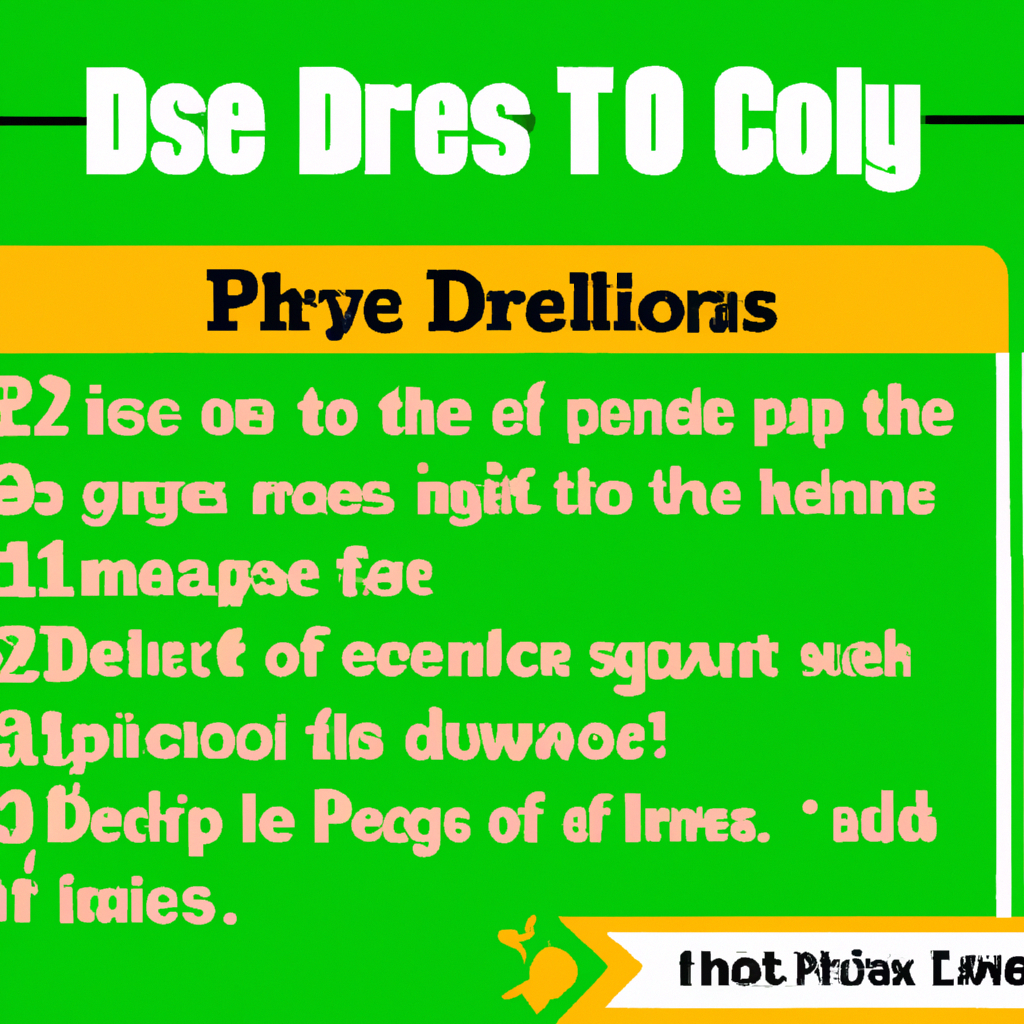
Disc Turn
Explanation of Disc Turn
Disc turn refers to the tendency of a disc to veer towards the right (for right-handed backhand throws) during the initial stage of flight. Turn ratings range from -5 to 1, with higher negative numbers indicating more turn.
Number Range for Disc Turn
The disc turn ratings range from -5 to 1, with -5 being the most understable and 1 being the most overstable. Discs with a -5 rating exhibit significant turn and are perfect for achieving rightward curving flights, while discs with a 1 rating resist turn and provide a more stable flight.
Effect of Disc Turn on Flight
The turn of a disc impacts its flight by influencing the path it takes after release. Discs with high turn ratings will curve more to the right for right-handed backhand throws (opposite for left-handed players). This characteristic is particularly useful for executing shots that require a right-to-left flight or shaping lines around obstacles.
Controlling Disc Turn for Different Throws
To control the turn of a disc, players can adjust their release angle, speed, and throwing technique. For instance, a more hyzer release (angled left for right-handed throws) reduces the amount of turn, resulting in a straighter flight path. Understanding how different discs behave in terms of turn helps players select the appropriate disc for specific shots.
Disc Fade
Explanation of Disc Fade
Disc fade refers to the disc’s natural tendency to hook or fade to the left (for right-handed backhand throws) during the final stage of flight. Fade ratings range from 0 to 5, with higher numbers indicating a more pronounced fade.
Number Range for Disc Fade
Disc fade ratings typically range from 0 to 5. Discs with lower fade ratings display less fade and tend to provide a straighter finish, while discs with higher fade ratings exhibit stronger leftward hooks.
Effect of Disc Fade on Flight
Disc fade affects the finishing stage of a disc’s flight. Higher fade ratings indicate a more pronounced leftward hook, making these discs ideal for shots that require a hard left finish. Lower fade ratings result in a more gentle fade or even straight flight, which can be beneficial for achieving more control and accuracy.
Utilizing Disc Fade for Desired Shot Finishes
By understanding the fade characteristics of discs, players can strategically use fade to their advantage. For instance, when throwing around obstacles or shaping a shot that requires a left finish, selecting a disc with a higher fade rating can help ensure the intended flight path. Conversely, if you prefer a straighter or more gentle fade, discs with lower fade ratings will better suit your needs.
Stability Rating
Understanding Stability Rating
Stability rating is a combination of a disc’s turn and fade numbers, providing an overall view of its flight pattern. Stability ranges from -5 to 2, with negative numbers indicating understability and positive numbers representing overstable discs.
Positive and Negative Stability
Positive stability ratings indicate overstable discs that resist turn and typically exhibit a strong fade at the end of their flight. Negative stability ratings indicate understable discs that are more prone to turn and often have a gentler or minimal fade.
Relationship between Stability and Other Numbers
Disc stability is closely linked to the turn and fade ratings. Discs with high turn and low fade ratings tend to be more understable and will exhibit rightward curves. Conversely, discs with low turn and high fade ratings tend to be more overstable, resisting turn and finishing with a hard left hook.
Using Stability Rating to Improve Your Game
Understanding stability rating can help players select discs that match their throwing style and desired shot shapes. Overstable discs are ideal for players with powerful throws or those seeking more predictable fades. Understable discs, on the other hand, are great for beginners or players looking to achieve rightward curving flights or increased distance potential.
Comparing Disc Golf Numbers
Analyzing Disc Flight Characteristics
Comparing disc golf numbers allows players to analyze the flight characteristics of different discs systematically. By examining the individual numbers and their relationships to one another, you can gain insights into how a disc will perform on the course.
Matching Discs to Personal Throwing Style
One of the key advantages of comparing disc golf numbers is the ability to match discs to your personal throwing style. For example, if you have a naturally strong, overstable throw, selecting discs with higher fade ratings can help you control your shots more effectively. Conversely, if you have a smoother, understable throw, choosing discs with lower fade ratings can assist in achieving desired shot shapes.
Considering Wind Conditions for Disc Selection
Wind conditions play a significant role in disc selection. When comparing disc golf numbers, understanding a disc’s stability can help you choose the appropriate disc for windy conditions. Overstable discs are more predictable and tend to handle headwinds better, while understable discs can be susceptible to being pushed off course by strong winds.
Evaluating Discs for Specific Throws
Comparing disc golf numbers allows players to evaluate discs for specific throwing scenarios. For instance, if you’re looking for a disc to execute long, straight drives, comparing the speed, glide, and stability ratings of various discs can guide your decision-making process. By considering each number’s impact on the flight path, you can choose the optimal disc for each individual shot.
Disc Golf Flight Paths
Understanding Flight Paths
Disc golf flight paths illustrate the trajectory a disc takes from the moment it leaves the hand until it comes to rest. By understanding flight paths, players can anticipate how different discs will behave during their flight and make more educated decisions when selecting discs.
Different Flight Paths for Different Discs
Different discs exhibit various flight paths based on their speed, glide, turn, and fade characteristics. For example, a high-speed, understable driver might exhibit a flight path that begins with a significant turn to the right, followed by a gentle fade to the left. A slower, overstable mid-range disc, on the other hand, might have a more predictable flight path with minimal turn and a strong leftward fade.
Predicting Flight Paths Based on Numbers
By analyzing and comparing the disc golf numbers, players can make informed predictions about a disc’s flight path. Understanding the interaction between speed, glide, turn, and fade allows you to visualize the expected flight and tailor your shot selection accordingly.
Modifying Flight Paths with Adjusted Throws
While disc golf numbers provide a useful framework for understanding flight paths, players can also modify the flight of a disc through their throwing technique. Factors such as release angle, spin, and power can all influence a disc’s flight and allow players to manipulate the expected flight path.
Factors Affecting Disc Golf Numbers
Effect of Disc Plastic Type
The type of plastic used in disc manufacturing can impact a disc’s flight characteristics, including its numbers. For example, discs made from more durable plastics tend to maintain their stability for longer, preserving their flight ratings, while discs made from softer plastics may become more understable over time.
Impact of Disc Weight
The weight of a disc can affect its flight to some extent. Generally, lighter discs tend to be more understable, making them easier to throw for players with slower arm speeds. Heavier discs, on the other hand, require more force and may be more overstable.
Elevation and Weather Conditions
Elevation and weather conditions can also influence disc flight. At higher elevations, the thinner air can cause discs to fly with less resistance, resulting in increased distances and potentially altered flight characteristics. Similarly, wind conditions play a significant role in disc selection and can impact a disc’s stability, turn, and fade.
Wear and Tear on Discs
As discs are used and subjected to wear and tear, their flight characteristics may change. Discs can become more understable over time, losing stability and altering their turn and fade characteristics. It is essential to consider the age and condition of a disc when interpreting its flight numbers.
Personal Development and Technique
Lastly, it is crucial to recognize that individual player development and technique can also impact disc golf numbers. As players gain experience and refine their throwing mechanics, their arm speed, control, and consistency can improve, influencing the performance of different discs. Your evolving throwing style should be taken into account when selecting discs based on their flight numbers.
Importance of Reading Disc Golf Numbers
Maximizing Performance and Distance
Reading and understanding disc golf numbers are essential for maximizing your performance and achieving the desired distance on the course. By selecting discs that align with your throwing style, skill level, and shot requirements, you can optimize your throws, leading to improved overall performance.
Achieving More Consistent Throws
Consistency in disc golf relies on understanding how different discs behave. By reading and incorporating the flight numbers, players can select discs that consistently exhibit the desired flight characteristics. This consistency allows for better shot execution and increased accuracy over time.
Optimizing Disc Selection for Different Throws
By reading disc golf numbers, you can optimize your disc selection for different types of throws. Whether you need a disc that will turn to the right (for right-handed backhand throws) or one that will finish with a hard left hook, understanding the flight numbers allows you to choose the right disc for each situation, improving your chances of successfully executing a variety of shots.
Gaining Understanding of Disc Potential
Lastly, examining and interpreting disc golf numbers provides insights into the potential capabilities of each disc. By understanding a disc’s speed, glide, turn, fade, and stability characteristics, you can identify its strengths and limitations. This understanding will guide your shot selection and allow you to make the most of each disc in your bag.
In conclusion, understanding the basics of disc golf numbers is essential for any player looking to improve their game. By comprehending the impact of disc speed, glide, turn, fade, and stability, as well as considering factors such as disc plastic type, weight, weather conditions, and individual technique, you can strategically select discs that align with your unique throwing style and desired shot shapes. Reading disc golf numbers empowers you to maximize your performance, achieve consistent throws, and optimize your disc selection, ultimately gaining a deeper understanding of each disc’s potential on the course.

